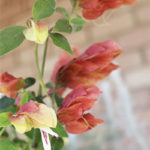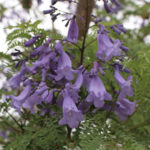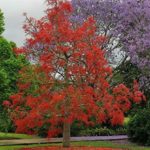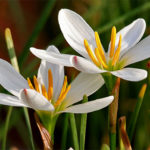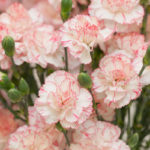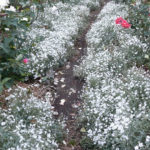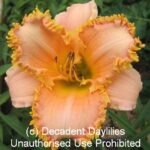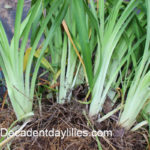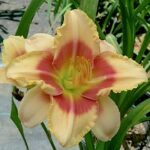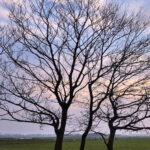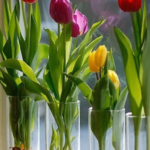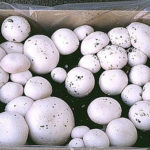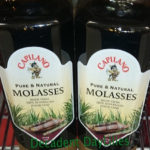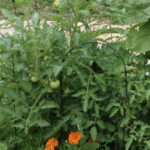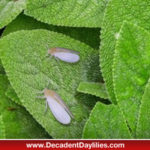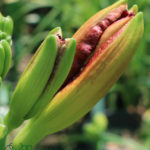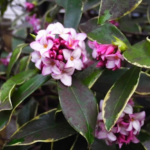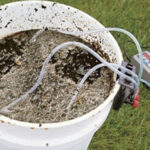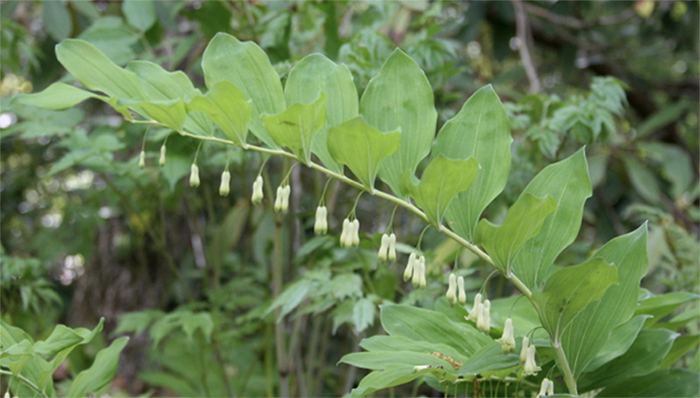
Solomon’s Seal Plant Care
Solomon’s Seal Tips To Grow And Care Solomon’s Seal In A Shade Situation

The Solomon’s seal is a well-known unique garden specimen. The hardy long lived perennial herb loves to grow under woody trees with large roots. Of all trees, mine is grown under a twenty year old upright willow that has massive tree trunks and a mass of aggressive roots and the Solomon’s seal looks very effective growing there with the hellebores. These plants flower during the spring season and the flowers are bell shaped and white in colour with green tips. The stems of Solomon’s seal plant are very thin and therefore once they grow longer this makes them drop down. It is a natural woodland plant and thrives in natural conditions. The binomial name of Solomon’s seal is Polygonatumbiflorum and they belong to the Liliaceae family. The stems of the plant can grow to about 3 feet in height and they curve to bear the green oval leaves and creamy white flower clusters.
More about flowers and leaves
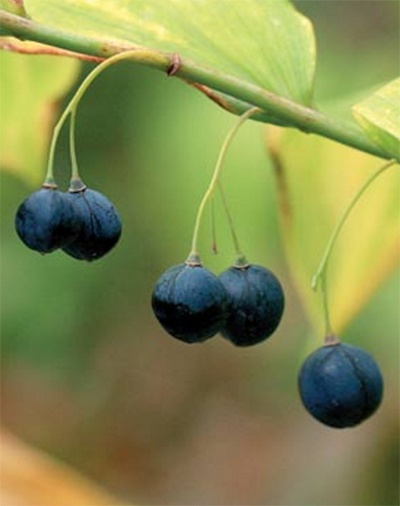 The Solomon’s seal is an elegant plant that has slender and curvy glabrous stems with leaves that are broad and oval in shape. The flowers of the plant dangle from the leaf axis just below the stem’s arc. The oval leaves grow alternately on the stem and clings on to the stem through its base. All leaves are slightly bent upward and also bend to one side. The flowers number from 2 to 7 in a cluster and spring from the axis of the leaves. The tubular bell shaped white waxy flowers are sweet scented. A few months later they finally give way to pod sized small dark purple berries that dangle in place of the flowers beneath the leaves. The roots of Solomon’s seal have plenty of swellings from the various nodes or stem joints, where the plant tends to send up new growth stems in close areas wherever possible. Solomon’s seal is very drought tolerant when it becomes established.
The Solomon’s seal is an elegant plant that has slender and curvy glabrous stems with leaves that are broad and oval in shape. The flowers of the plant dangle from the leaf axis just below the stem’s arc. The oval leaves grow alternately on the stem and clings on to the stem through its base. All leaves are slightly bent upward and also bend to one side. The flowers number from 2 to 7 in a cluster and spring from the axis of the leaves. The tubular bell shaped white waxy flowers are sweet scented. A few months later they finally give way to pod sized small dark purple berries that dangle in place of the flowers beneath the leaves. The roots of Solomon’s seal have plenty of swellings from the various nodes or stem joints, where the plant tends to send up new growth stems in close areas wherever possible. Solomon’s seal is very drought tolerant when it becomes established.
Planting Solomon’s Seal
The plants love to grow in wooded areas and in natural habitat. You can grow Solomon’s seal plants from its rhizomes that you can buy from nurseries. These plants are mainly propagated by dividing its rhizomes, corms, tubers or bulbs. They grow and thrives comfortably in moist, humus rich soil and partial morning sun to light to full shade areas in the afternoon. The soil in which you plant the rhizome must have a new layer of very good organic rich compost, some fertiliser should be added to the soil each autumn to give the plant a helpful start to it’s growing season. Keep the mulch over the rhizomes to keep them cool at all times. The rhizomes need to be planted in a dug-up soil of about 5 cm. Each rhizome must be planted about 25 to 30 cm apart and in no time they will form clumps.
The soil has to be kept moist during the growing period. Ensure that you leave plenty of room for the plant to spread widely. They can take some sun and are also drought tolerant. The Solomon’s seal can also be grown from some seed. It will take a longer time to germinate from seed. The plant has the tendency to return every year and to spread widely. If you want to move the plant, it is ideal that you lift it and divide it during the winter season while the plant is completely dormant. You should replant it as quickly as possible.
Solomon’s Seal caring tips
- Watering the plant is essential during the summer time in dry weather, so that the rhizomes do not dry out.
- The plant dies off and starts to go dormant during autumn and will regrow again in the springtime, pushing up an asparagus looking shoot then opening up to reveal leaves and flowers.
- To encourage more growth the old stems should be cut off to the ground, pull off any dead leaves during the autumn and winter seasons ready for regrowth in the spring.
- The soil has to be in a moist state until the plant gets established.
- Divide the plant as you need and move them to other areas where there is shade to give them the freedom to grow and spread.
- The leaves and berries are poisonous and should not be eaten.


